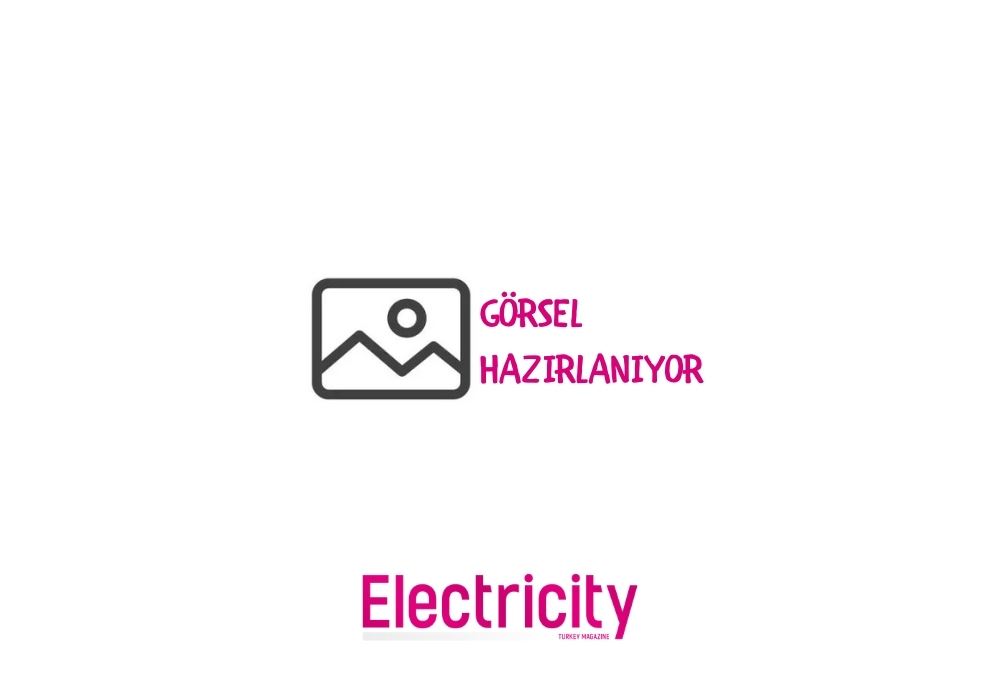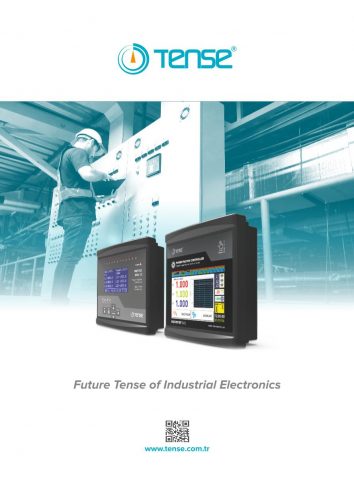
Emrullah AKGUN
Tense Elektronik International Technical Support Engineer
In this article; I have prepared a guide about what compensation is, what should be done in an effective compensation, modern compensation (SVC), the difficulties encountered in modern compensation and the solutions we have developed as Tense Elektronik against these difficulties.


Compensation is a vital balance mechanism in every field where there are people, such as factories, hospitals, shopping malls, schools, factories, hotels, etc. In today's developing technological world, all kinds of physical device and machine compensation used have become a necessity rather than a necessity.
What is compensation?
Let's start with a general definition for compensation:
"It is a 'counter-procedure' plan that builds on the expected side effect, which is performed to achieve more efficient and beneficial results."
In every field of our day (life, production, consumption, etc.) the loads needed, due to their characteristic structure, consume both active power and reactive power. Therefore, the excess electricity bill paid by the end user is caused by the loads that he has loaded into the electrical installation in vain.
As a natural result of this situation, energy efficiency decreases, and even the current passing through the installation will be overloaded, which can cause serious damage to the electrical installation by overheating and burning in the cables. For this very reason, this situation can be easily overcome with effective, solution-oriented and new generation compensation methods and tools for the solution of these challenges.
Compensation Challenges and Solutions
At Unstable Loads
The electrical system that exists in every enterprise may not be stable. While the loads in the enterprise are closed at the end of the working hours, the presence of very small KVAR value loads in the system continues. When this is the case, it is very difficult to compensate effectively with a normal reactive relay. Produced with a different and experimental engineering approach , the new generation of reactive power control relays with Tense SVC allows you to open the doors of effective compensation!
In Fast Load Changes
In systems where rapid load changes are experienced, compensation with normal reactive relays will be an inadequate and ineffective approach. If the perspective here is changed a little more and the use of Tense thyristor reactive relays, which can intervene in about 20 MS, is provided, a wonderful and wide playing field will be created for an effective compensation.
Renewable Energy Systems
Solar energy, wind energy, biofuels, hydropower, etc. Energy systems derived from renewable sources show that we are witnessing a trend and transformation on a global scale. Solar Energy Systems (Photovoltaics) are one of the most preferred renewable energy systems.
In solar energy systems, some enterprises use only the energy they produce for themselves, while some enterprises use the energy they produce, while at the same time they can earn income from this system by transferring more than they need to the network. Therefore, since reactive power is consumed at the same time while producing energy in this system, there is a need to establish a compensation system.
Thus, an efficient and effective compensation system ensures an increase in naturally generated revenue. Unfortunately, it is not possible to solve solar energy systems with a normal reactive relay. Using a modern reactive power control relay that can compensate for next-generation, solar energy systems produced with an effective approach here will increase efficiency, efficiency and profit, making the system benefit more visible.
Passwords for an Effective Compensation
In order to make an effective compensation; Let's end our article here by summarizing the features that should be present in a reactive relay item by item.
*You can find all the features listed above in Tense Reactive Power Relays. For detailed information, you can visit our compensation category page.
 SİZİN DÜŞÜNCELERİNİZ?
SİZİN DÜŞÜNCELERİNİZ?